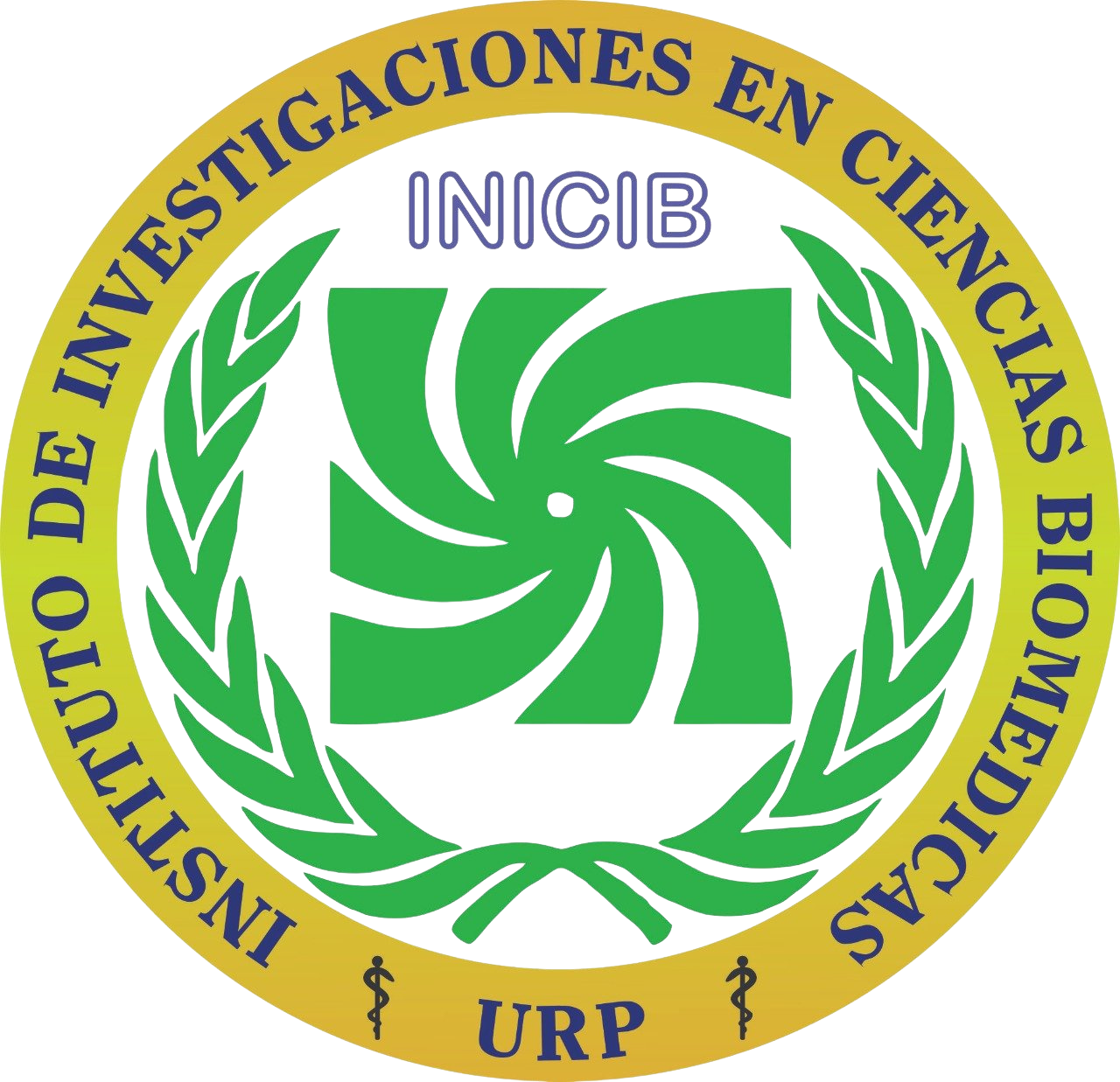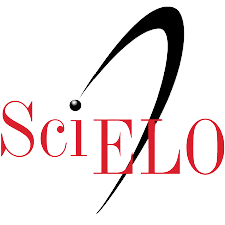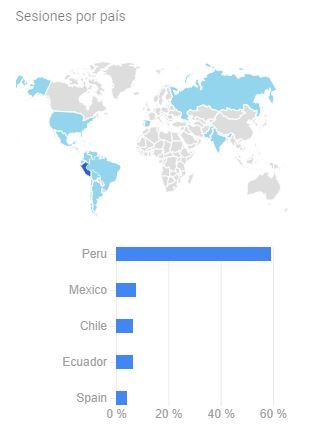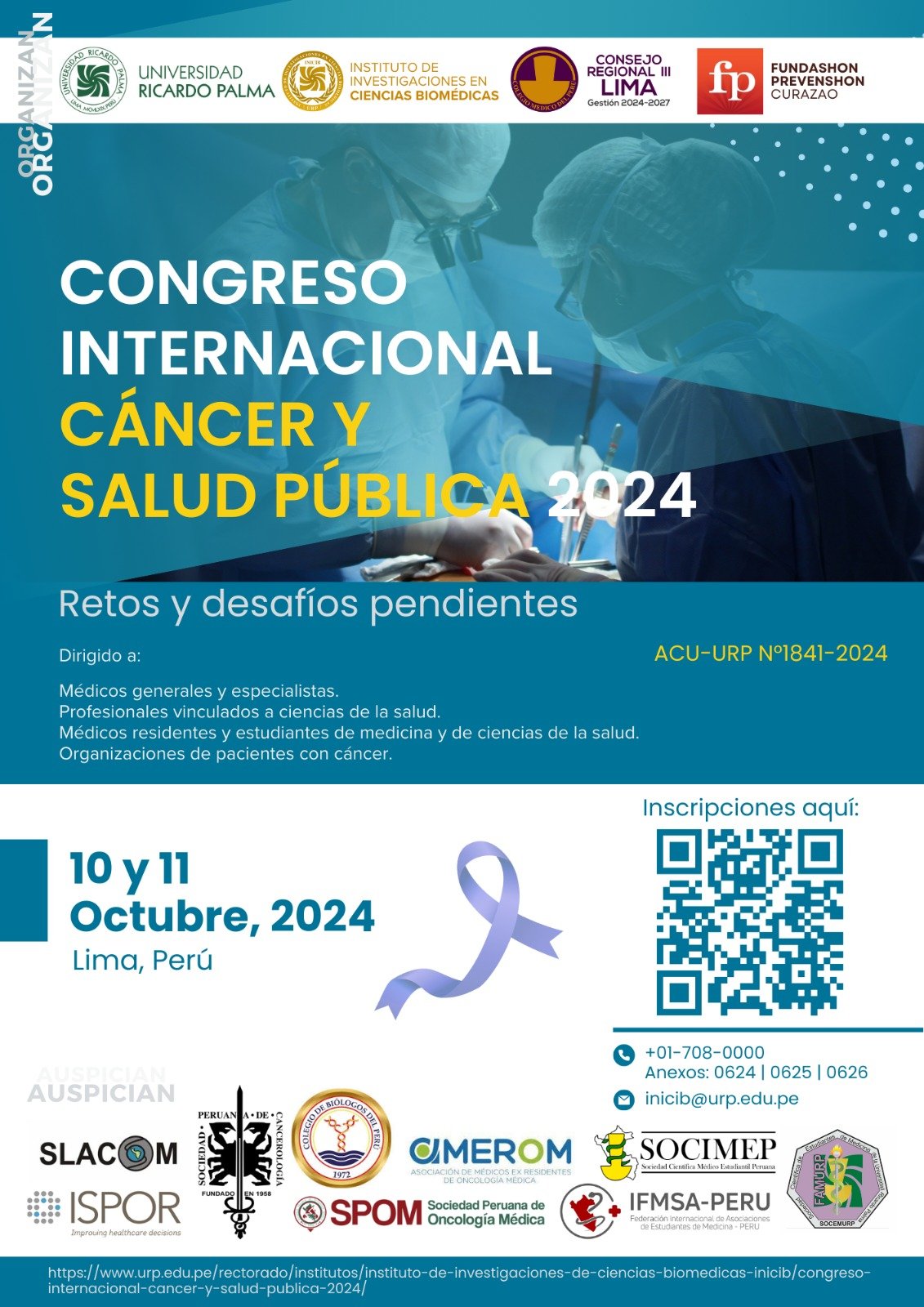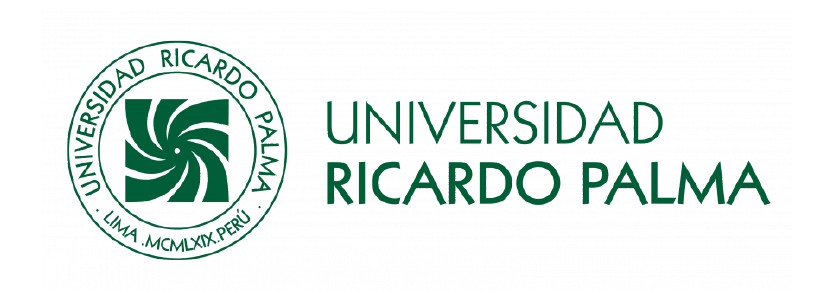Síndrome de Sturge Weber, triada clasica desde un enfoque genético, molecular y fisiopatológico
Sturge Weber syndrome, classic triad from a genetic, molecular and physiological approach
DOI:
https://doi.org/10.25176/RFMH.v20i3.2974Palabras clave:
Síndrome de Sturge-Weber, Genética, fisiopatologíaResumen
El síndrome de Sturge Weber (SSW) se caracteriza por el compromiso clásico de malformaciones vasculares neurooculocutáneas esporádicas, cuya fisiopatología hasta la fecha no se ha podido dilucidar del todo. El descubrimiento de un perfil molecular tanto arterial como venoso en el endotelio presente en las malformaciones vasculares aunado a zonas de atresia vascular distales a las zonas ectasicas, han llevado a cuestionar las teorías embriológicas planteadas desde hace décadas, para explorar las características moleculares y genéticas en el tejido afectado.
A la actualidad se ha reportado una elevada prevalencia de la mutación somática en el gen GNAQ en los tejidos afectados de los pacientes con SSW el cual codifica una subunidad alfa de una proteína Gq, cuya cascada de señalización estimula la proliferación celular, pudiendo esta ser responsable del crecimiento sostenido de las malformaciones de las tres regiones mencionadas. El presente estudio se propone a explicar las manifestaciones clínicas clásicas del SSW desde un enfoque genético, molecular y fisiopatológico.
Descargas
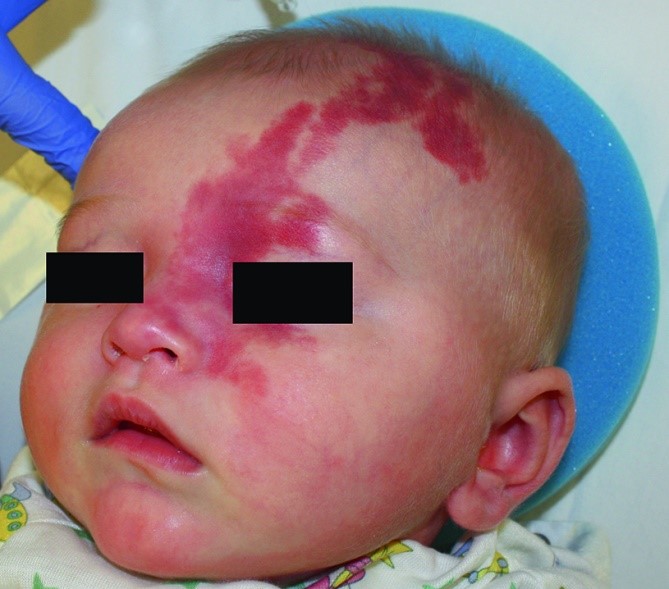
Descargas
Publicado
Cómo citar
Número
Sección
Licencia
Derechos de autor 2020 Revista de la Facultad de Medicina Humana

Esta obra está bajo una licencia internacional Creative Commons Atribución 4.0.


